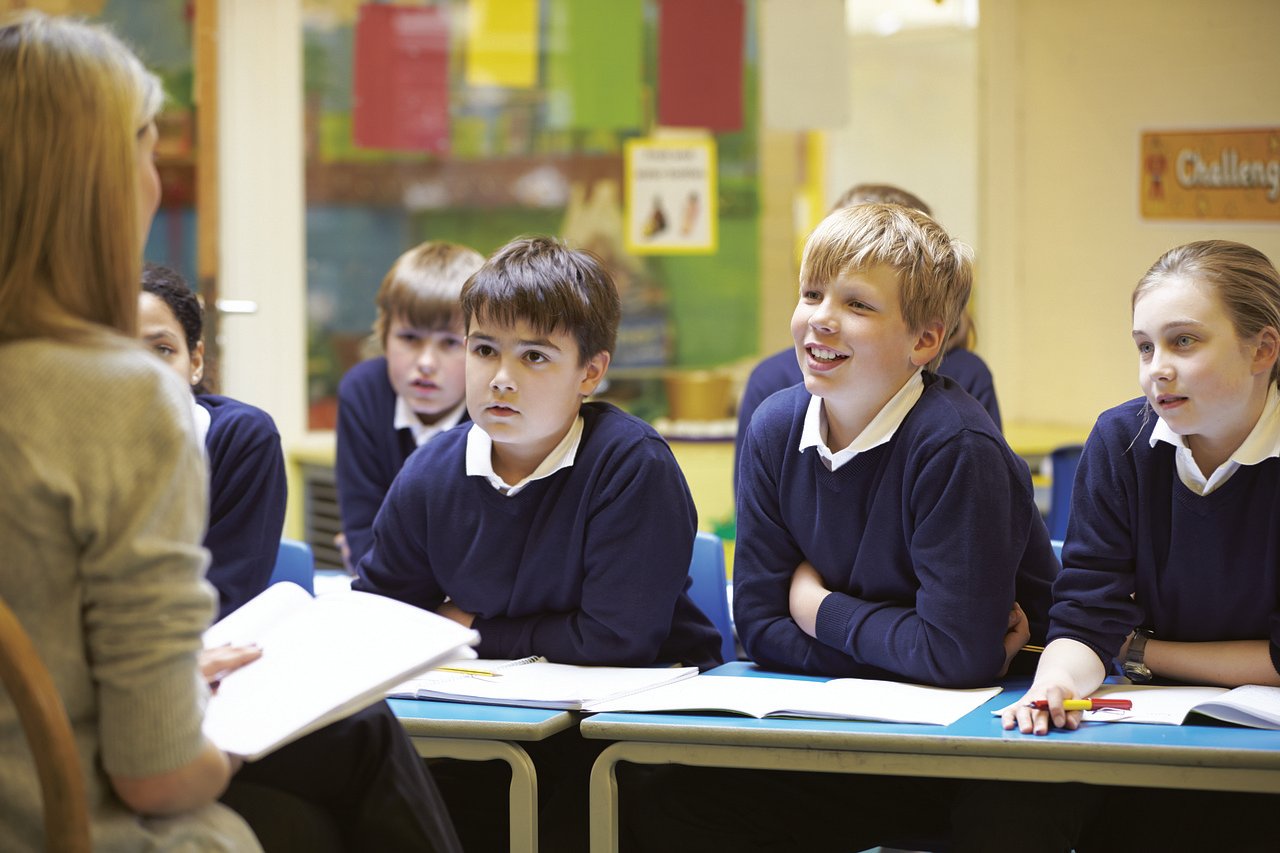How To Teach Students To Make Story Maps: Everything You Need to Know

Learning how to construct a narrative map is a clever approach to graphically organizing your thoughts, and educators are starting to recognize how story maps may benefit learning. Continue reading to learn what a narrative map is, what it can do for you, and how you can teach your kids how to create one.
What Exactly Is a Story Map?
A narrative map is a way of graphically grouping the key aspects of a tale or book to enhance learning. Students will need to pay attention when reading a tale to identify the storyline, primary characters, their qualities, the moral of the story, and so on. They will next have to organize them graphically.
Beginner-level story maps just cover the beginning, middle, and finish of the tale, but intermediate-level story maps ask students to consider the plot, location of the story, character qualities, and so on.
How Can Story Maps Aid Learning?
Thinking through the tale and commenting on the storyline and characters aids in the development of critical thinking skills. Students learn to examine literature and discover significant parts of tales via attentive reading, which increases their understanding. Graphic organizers assist pupils in compartmentalizing their thoughts and thinking more efficiently.
How to Create a Story Map?
If your kids are just starting to read literature, this is a great moment to teach them how to build narrative maps.
You may start by giving each student a blank narrative map organizer and then filling it in with them the first time to provide them with a model. Then, once you’ve finished a new narrative, discuss its components with your pupils, such as characters, location, storyline, and theme.
After they’ve spoken about it, have them fill out their narrative maps. Check for errors and offer criticism if necessary, as well as look for ways to improve.
Story Maps for Students Learning a Second Language
Creating narrative maps is a practice that can benefit all pupils. It benefits not just pupils who are doing well academically, but also second language students. Here are some modifications you may make to narrative maps to benefit such children.
First and foremost, do not provide complex maps to pupils who have only recently begun to study English. With these, use the simple beginning-middle-end format.
Make it easier for your students to think by directing their mental process. Provide them with prompts and questions. What are the major characters’ names? What is the plot of the story? What is the story’s setting?
Begin with simple tales and clear directions to start them in the habit of thinking, organizing their thoughts, and creating narrative maps.
Finally, consider the following:
Story maps are an excellent method for teaching students to reflect on texts, examine key components of the tales they read, and graphically arrange their thoughts. Because this strategy aids learning, it should be more widely used in the classroom.






